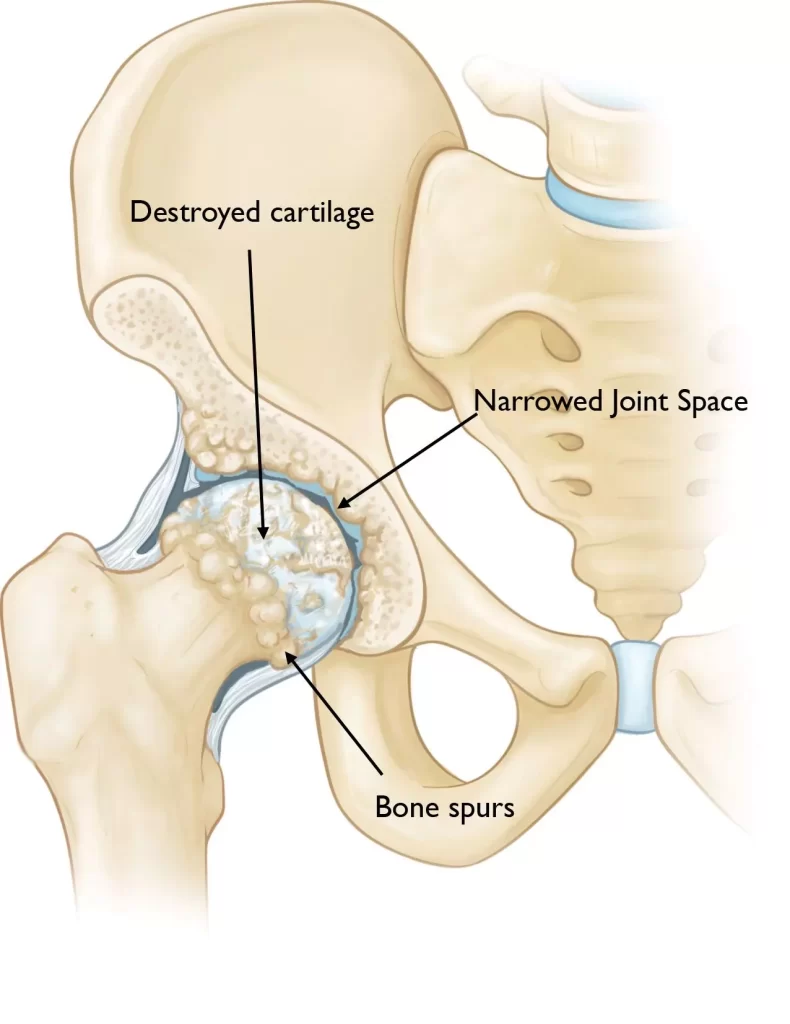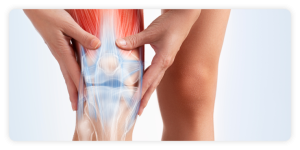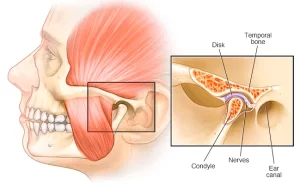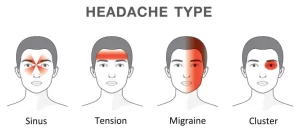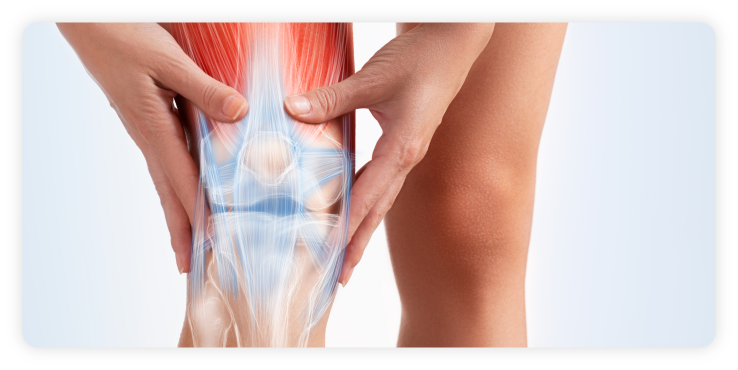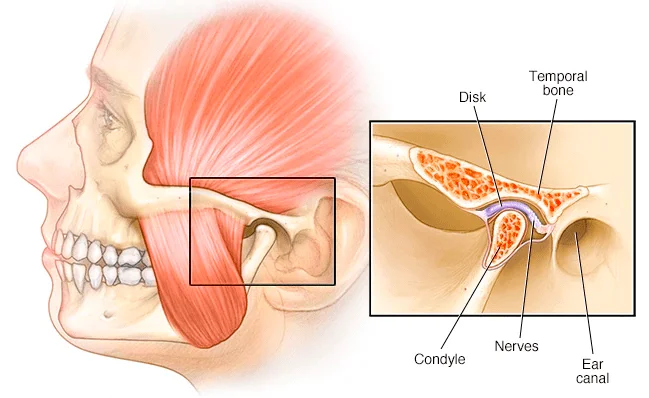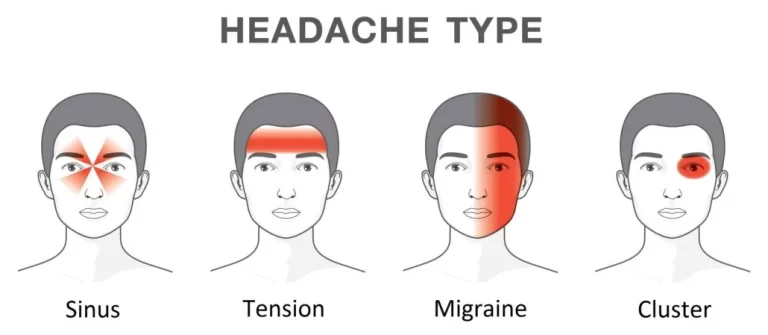What is Hip Arthritis?
Hip Arthritis means joint inflammation which causes pain and swelling in the body’s joints such as in the knees or hips. There are many types of arthritis, but Osteoarthritis is the most common. Also known as Degenerative Joint Disease or Age-related Arthritis, Osteoarthritis is more likely to develop as people get older. Osteoarthritis occurs when inflammation and injury to a joint cause a breaking down of cartilage tissue. In turn, that breakdown causes pain, swelling, and deformity.
Cartilage is a firm, rubbery material that covers the ends of bones in normal joints. It is primarily made up of water and proteins. The primary function of cartilage is to reduce friction in the joints and serve as a “shock absorber.” The shock-absorbing quality of normal cartilage comes from its ability to change shape when compressed. It can do this because of its high water content. Although cartilage may undergo some repair when damaged, the body does not grow new cartilage after it is injured. The changes in osteoarthritis usually occur slowly over many years.
Types of Osteoarthritis
The two main types of Osteoarthritis are Primary Osteoarthritis and Secondary Osteoarthritis.
Primary Osteoarthritis is more generalised Osteoarthritis that affects the fingers, thumbs, spine, hips, and knees. Secondary osteoarthritis occurs after injury or inflammation in a joint, or as a result of another condition that may affect the composition of the cartilage such as hemochromatosis.
Causes of Osteoarthritis
The causes of Osteoarthritis of the hip are not known but that may contribute include joint injury, increasing age, and being overweight. In addition, osteoarthritis can sometimes be caused by other factors such as joints that may not have formed properly, genetic (inherited) defects in the cartilage, and extra stress on joints due to being overweight or through activities that involve the hip. In some cases, working with an osteopath in Singapore may help support joint function and symptom management.
Symptoms of Hip Osteoarthritis
Hip Osteoarthritis may cause symptoms including sharp, shooting pain or dull, achy pain in the hip, groin, thigh, knee, or buttocks. Stiffness in the hip joint, which is worse after sleeping or sitting may also be felt along with weakness of the muscles in the lower extremity. A “crunching” sound when the hip joint is moved, caused by bone rubbing on bone is also another common symptom. Difficulty and pain when getting out of bed, standing up from a sitting position, walking, climbing stairs, and performing normal daily activities, such as putting on socks and shoes, are also common complaints.
Hip Osteoarthritis Treatment
Physical therapy can help with the treatment of Hip Osteoarthritis. A physical therapist will explain what Hip Osteoarthritis is, how it is treated, the benefits of exercise, the importance of increasing overall daily physical activity, and how to protect the hip joint while walking, sitting, climbing stairs, standing, carrying loads, and lying in bed. To reduce pain, a physical therapist may use different types of treatments which include ice, heat, electro-stimulation therapy, kinesio taping, exercises, and manual therapy techniques, such as joint mobilisation and soft-tissue mobilisation. Sustained stretches and manual therapy techniques that gently move the joint and stretch the muscles around the joint may also be used during treatment to improve the range of motion. Personalised exercises may be prescribed to steadily restore strength and agility. Functional training and activity modification are also essential for a safe return to activity, and to help control symptoms that may hinder return. If in doubt, please seek professional advice.
Osteopathic Support for Hip Osteoarthritis
Managing hip arthritis may involve improving joint movement, reducing muscle tension, and supporting overall mobility. Learn more about how an osteopath in Singapore may assist with symptom relief through gentle, individualised care approaches.
Check out our popular articles: Diastasis Recti, Tight Back Muscles, Irritable Bowel Syndrome (IBS), Temporomandibular Joint (TMJ) Dysfunction, Tennis Elbow, Wrist Tendon Injury, Sciatica, Whiplash, Hernia, Herniated Disc (Slipped Disc).
